Recycle Your Tech Stuff, Save the Endangered Gorilla

A silverback Grauer’s gorilla, the largest species of gorilla in the world.
October 26, 2017
The next time you buy a new cell phone, computer, or any type of reading tablet, depending upon what you decide to do with your “old” one, you have the power to save the endangered mountain gorilla called the Grauer’s gorilla. I know this sounds very simple, and that’s because it is. You just haven’t been aware of it until now.
We have become wonderful recyclers of cans, bottles, paper, plastic, and many other things. However, have you thought about what goes into producing the constant flow of tech toys that we are incapable of living without? We consume these devices at an astonishing pace. National Geographic states that the average American consumer upgrades their cell phones every 14 months, down from 18 in just a few years. We treat these devices as disposable but they are not. As soon as the updated version of a cell phone or computer is released, the lines form at the stores so we can be the first to own and use it. Again, what about the older version and the minerals it takes to make it? We could be reusing those minerals and helping to decrease the need for what are called “conflict minerals.” Nature provides the materials to make these devices, but the environment as well as surrounding communities suffer as a result of nature’s generosity.
Virtually all of the minerals needed to make ALL cell phones are located the in Democratic Republic of the Congo (DRC) in Africa. These are called the three T’s: tantalum, tungsten and tin. While tungsten and tin are found in other parts of the world outside the DRC, tantalum is not. Also called coltan, it is a critical component in producing cell phones. Tantalum allows for the miniaturization of cell phones, making them thin, small and useful.
Every cell phone uses coltan, regardless of brand, and over 80 percent of the world’s coltan is found in the DRC. This is the habitat of the Grauer’s gorilla, and since the early 1990’s, the demand for coltan has led to a “rush” that has created a conservation crisis and contributed to civil war in the Congo.
The mining of coltan is poorly regulated in the Congo, and many mining operations are run by ruthless militias who will kill anyone and anything to get the coltan from the forests. This means that the habitat of these endangered gorillas, not found anywhere else in the world, is being destroyed for our technological benefit. If we can significantly slow the need for mining by recycling our devices and chargers, there will be less demand for coltan. Additionally, according to Amnesty International, over 40,000 children are working in the mines in the Congo, because the hand-digging for coltan is dangerous but necessary to obtain it. There is no oversight of these children, who are performing difficult labor to obtain the minerals to sell.
Last summer, on a trip to Rwanda, after meeting the head of research for the Dian Fossey International Gorilla Fund, Damien Caillaud, I learned that in the last twenty years, these spectacular gorillas have suffered a 77 percent decline in population due to the mining for consumer electronics. Many of the gorillas are murdered, maimed or orphaned. There is a rehabilitation center for the gorillas in the DRC (GRACE – Gorilla Rehabilitation and Conservation Education Center). The Los Angeles Zoo as well as other zoos in the United States contribute to GRACE.
Everyone agrees that there is no way to stop the use of cell phones, as that is not realistic. However, what we all can do is be more conscious of what we do with the minerals/devices that we already possess. In a partnership with the Los Angeles Zoo and Eco-Cell, we can collect the devices we no longer need after transferring and deleting our data.
I have a box in the faculty room to collect any cell phones, smartphones, MP3 players, iPods, iPads and other tablets, iWatches and ALL CHARGERS THAT GO WITH THESE DEVICES. I will take them to the LA Zoo for recycling, as it is the only location that will facilitate the recycling process with Eco-Cell.
Look at the picture and imagine a world without these majestic and intelligent creatures, who continue to teach us about ourselves and our place in the world. They deserve our help. It’s so easy.


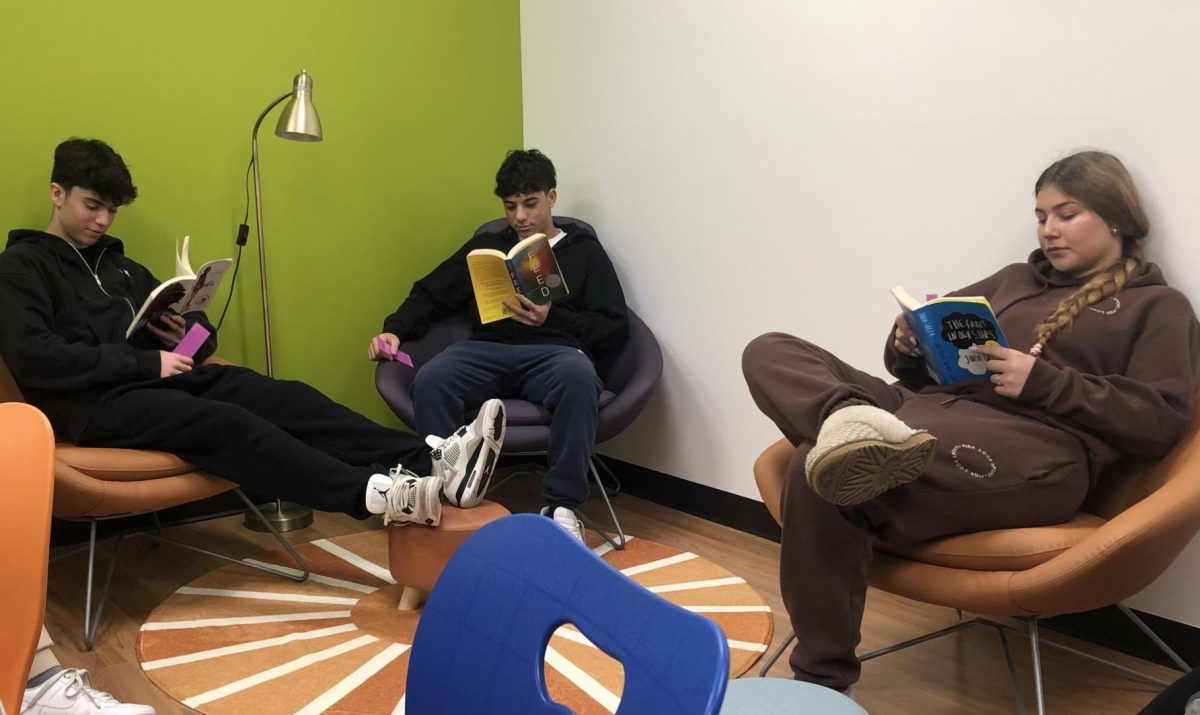
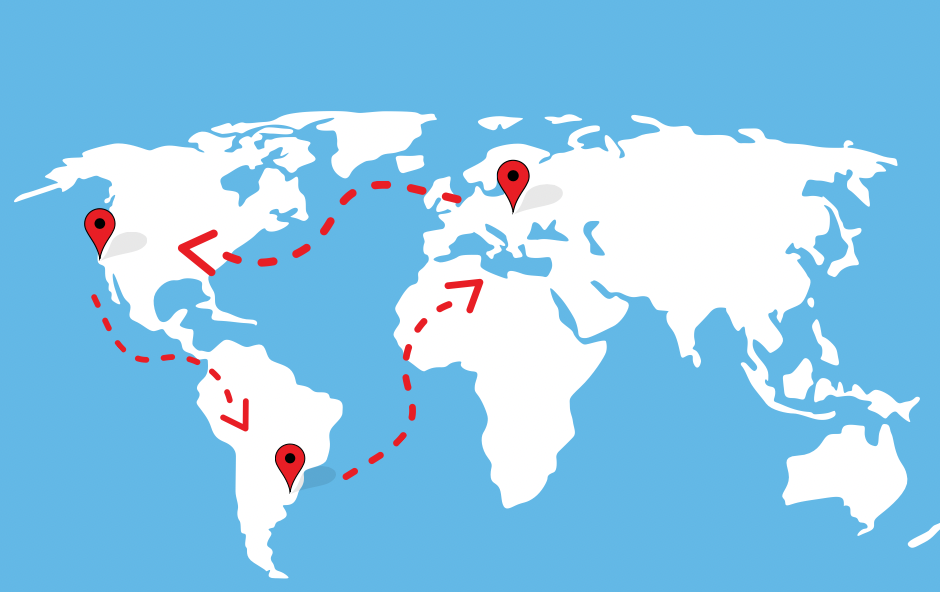
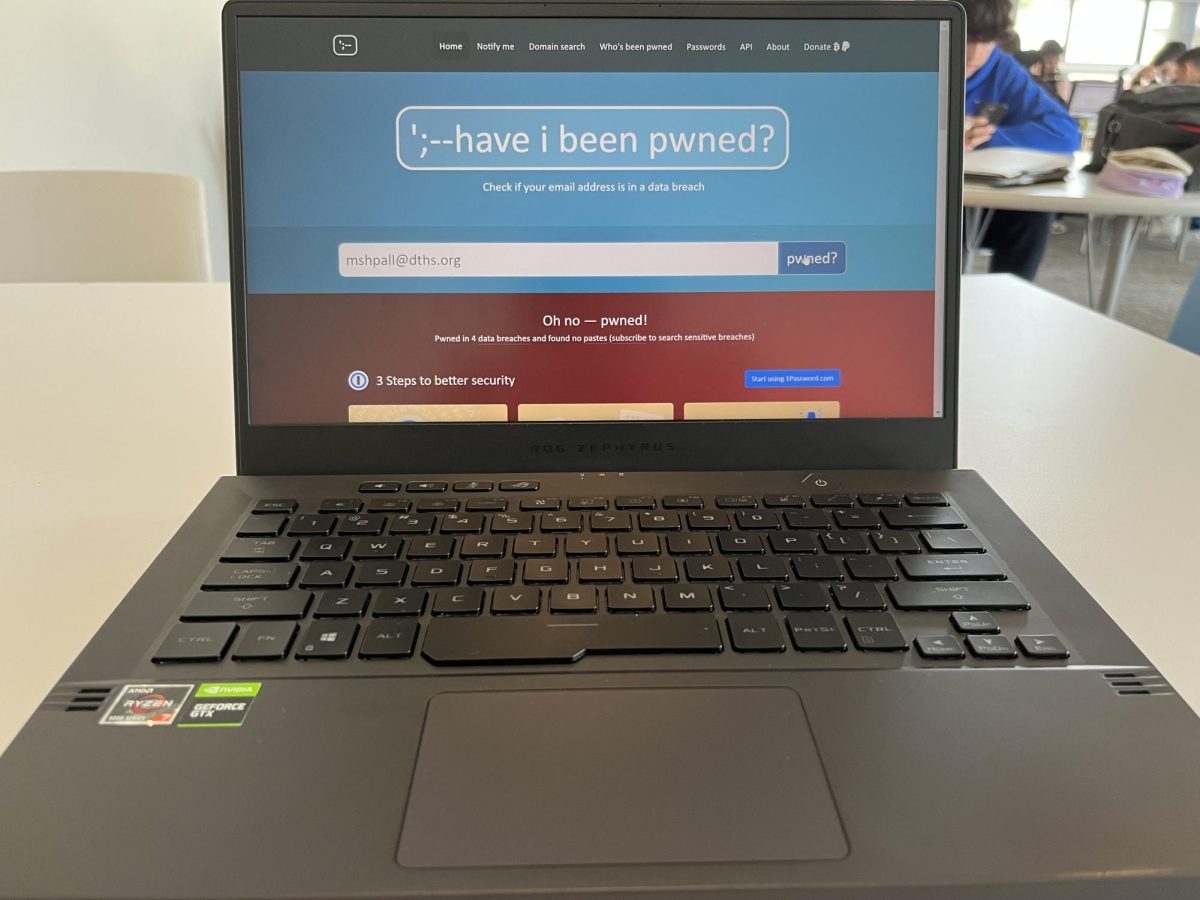

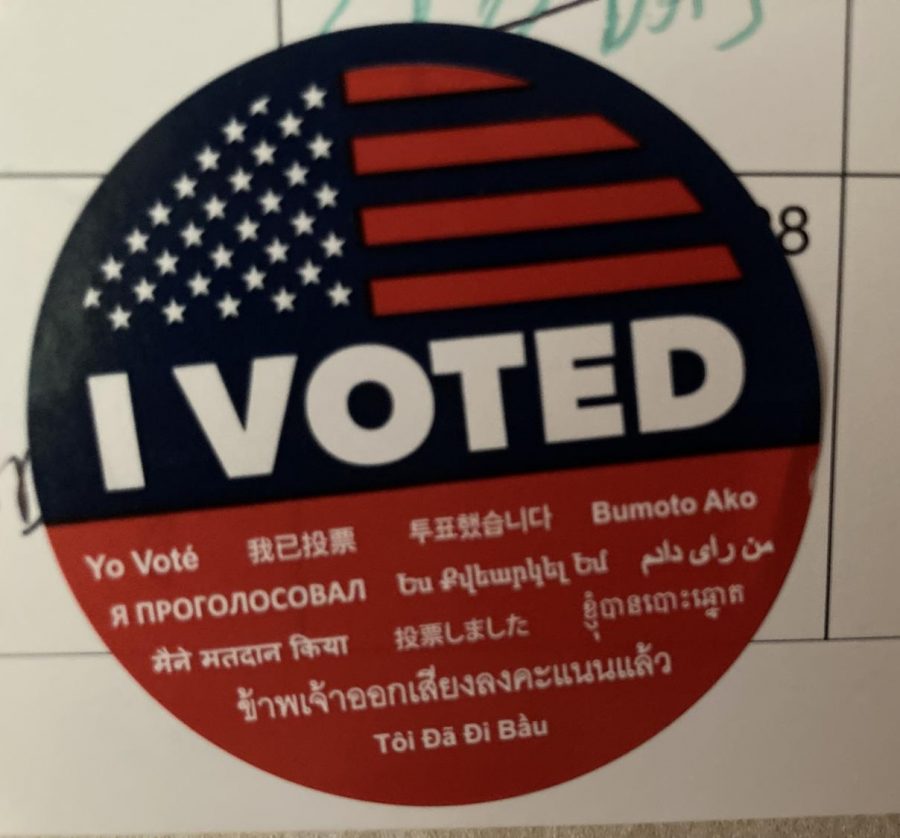




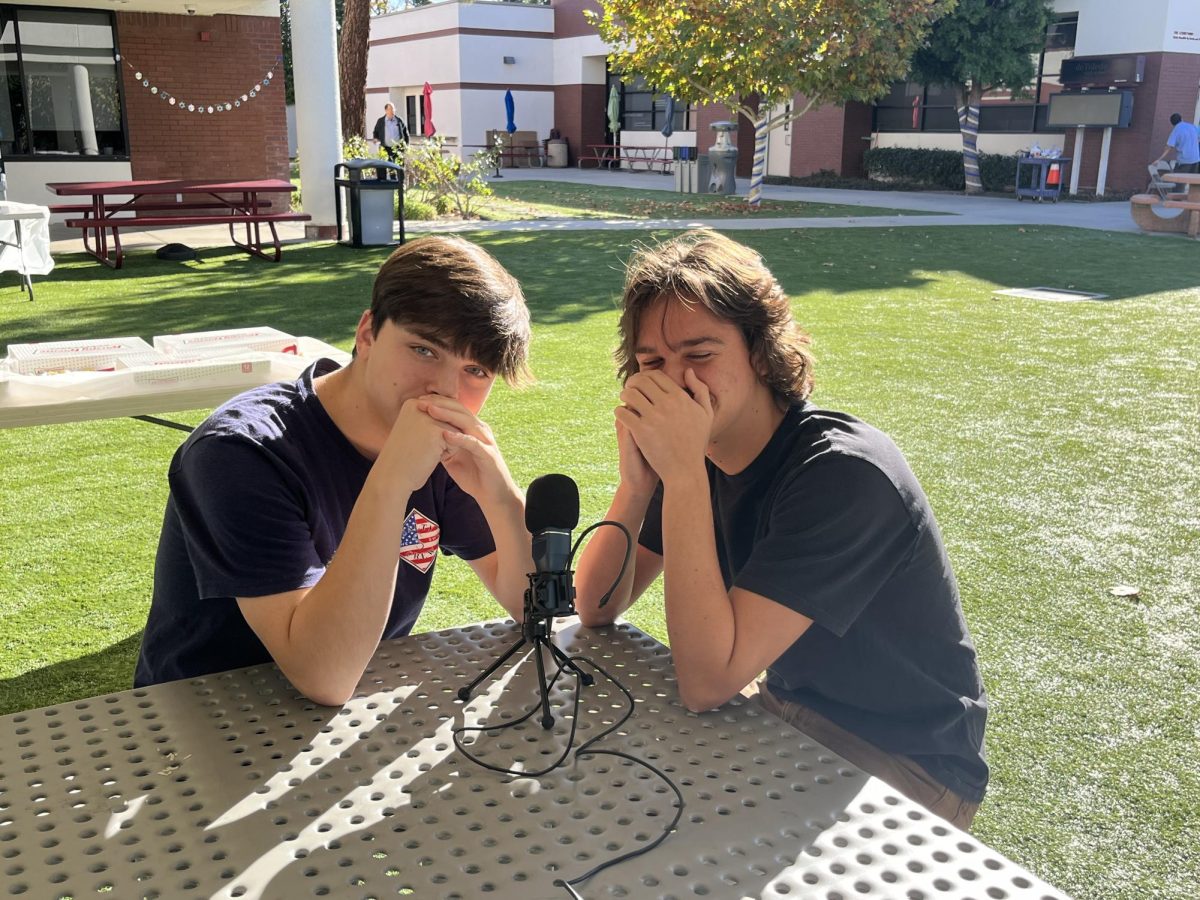
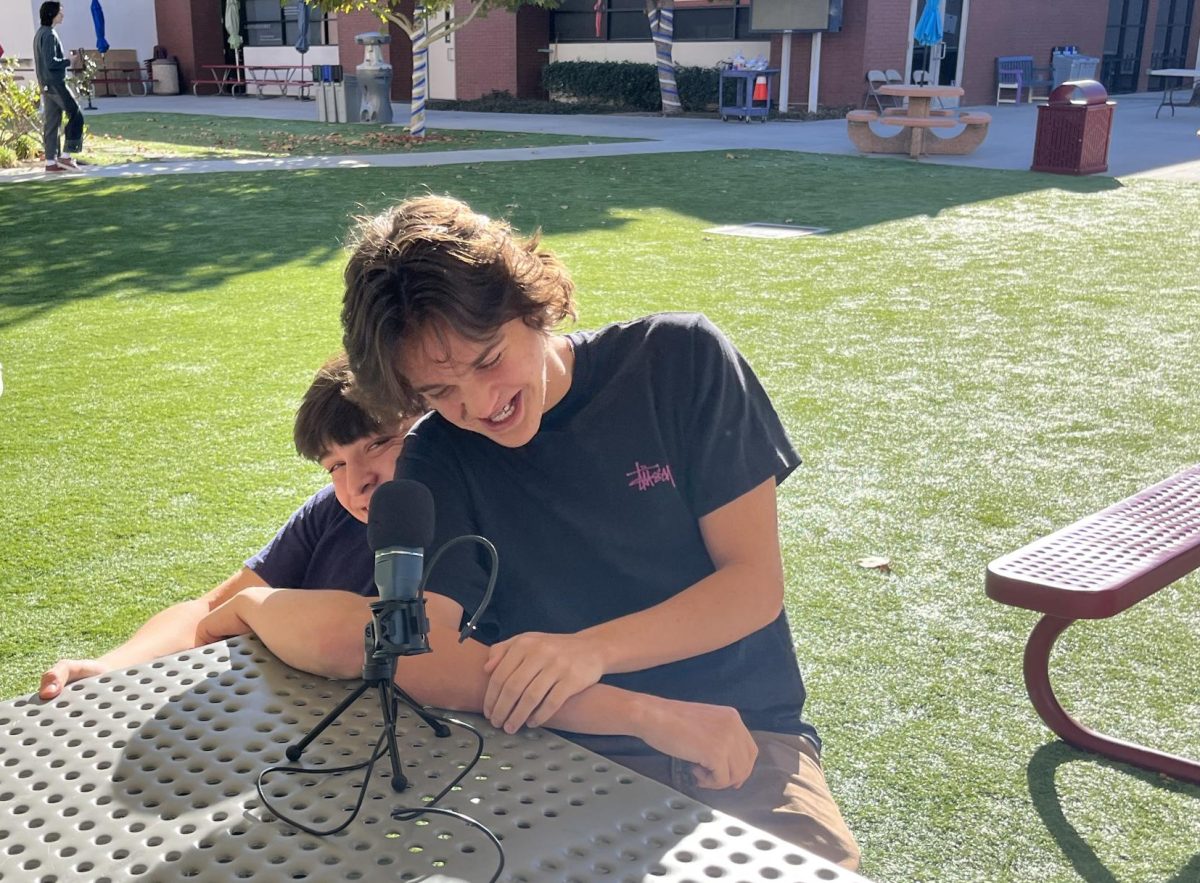
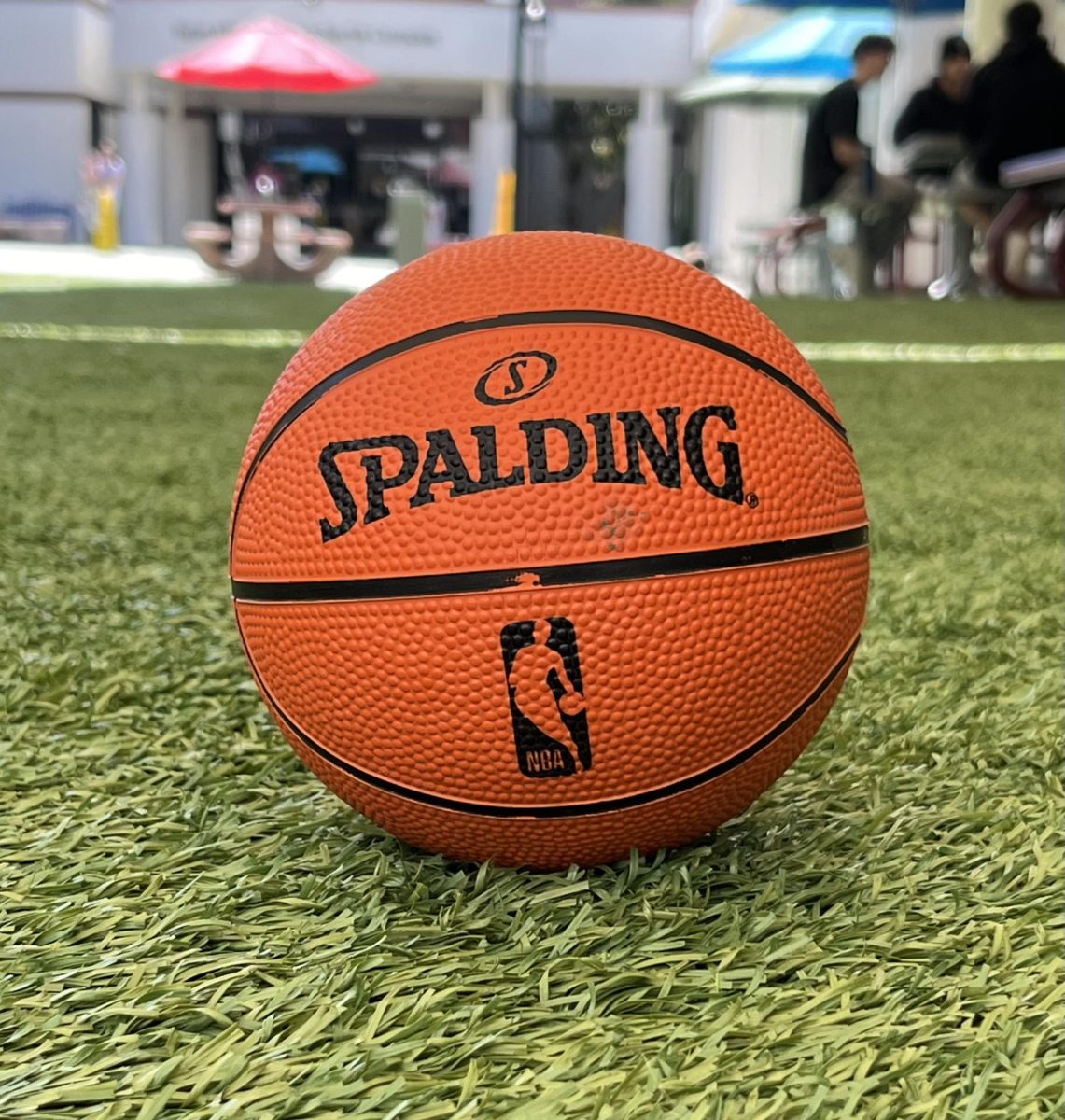
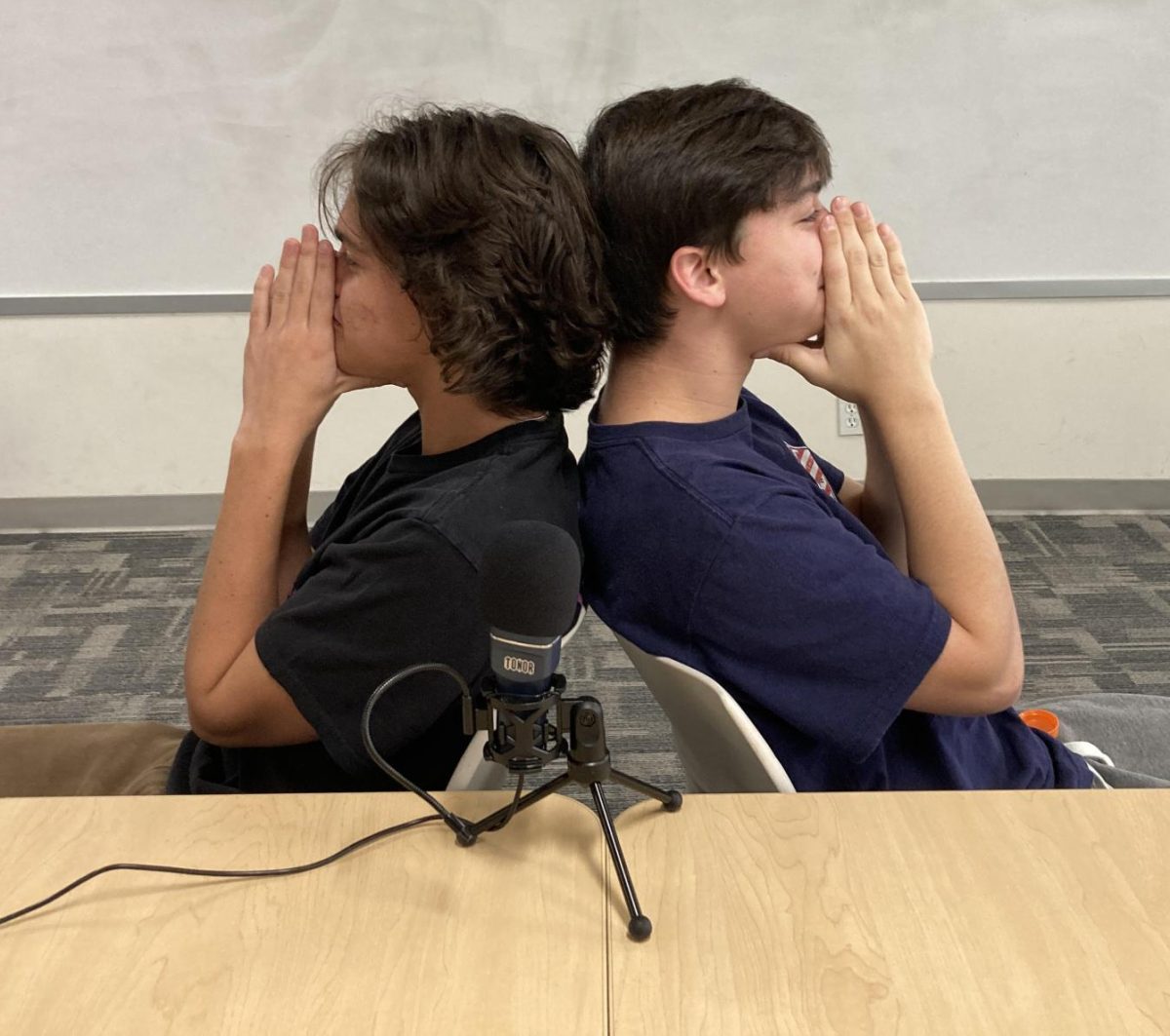
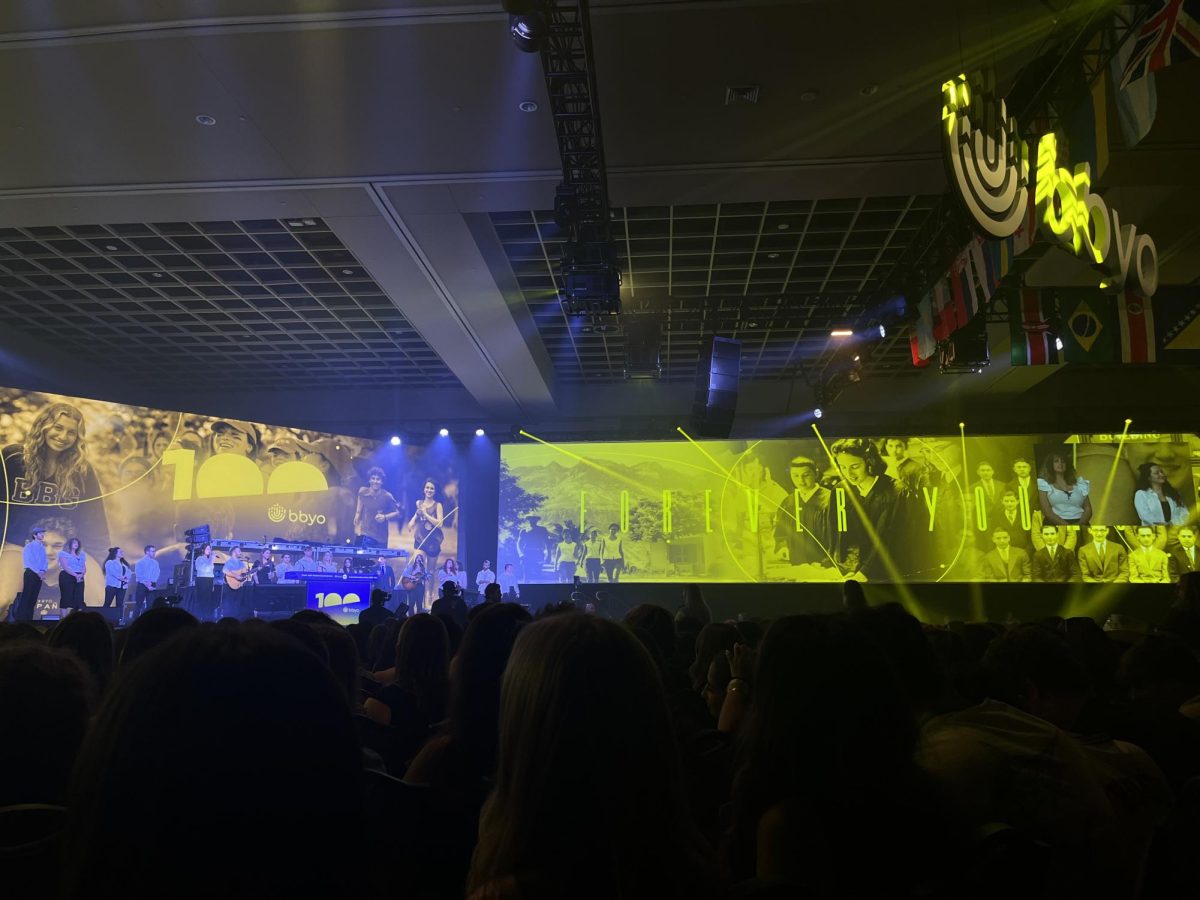

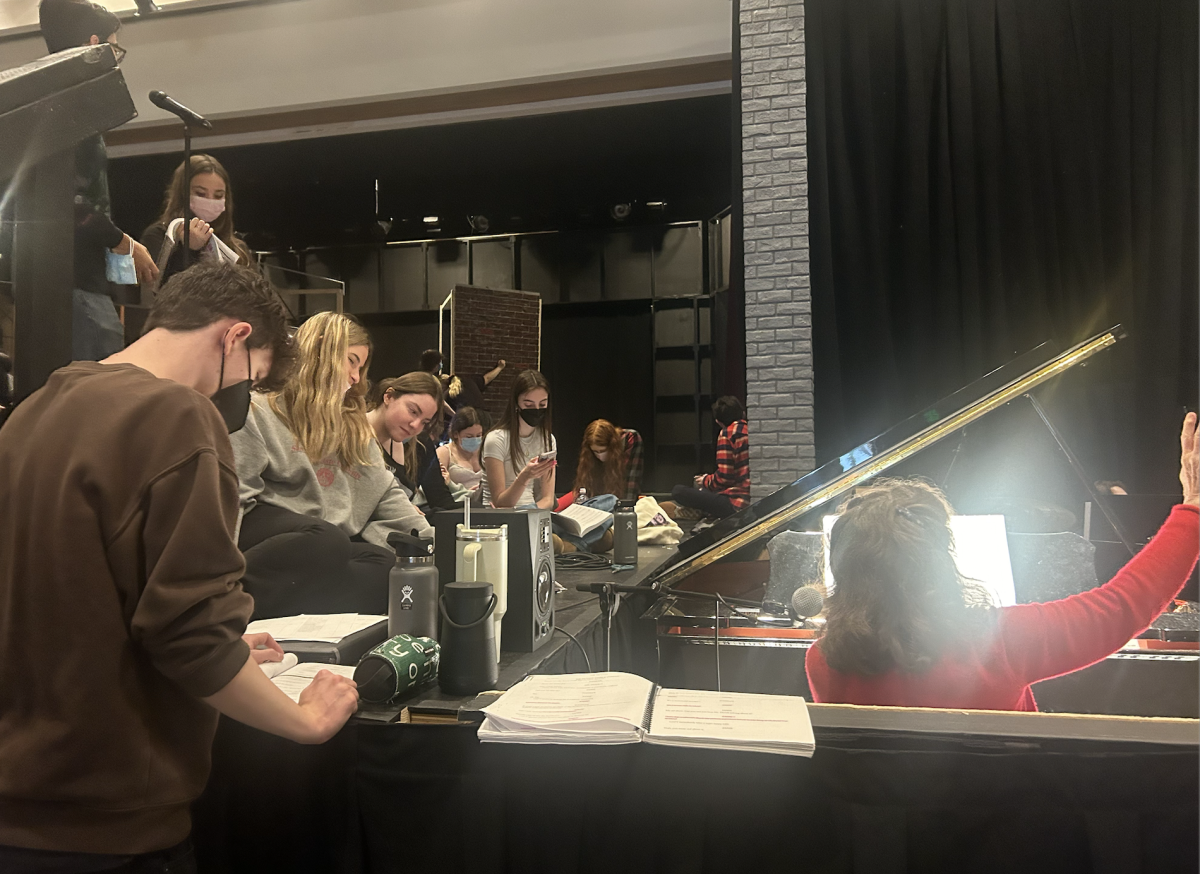
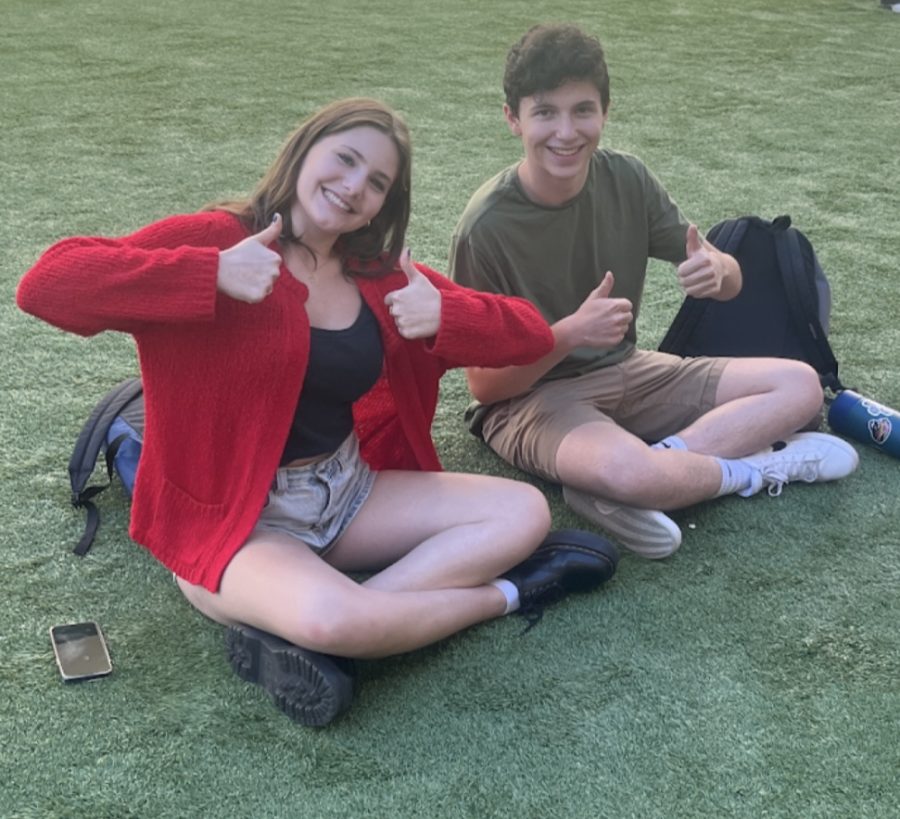
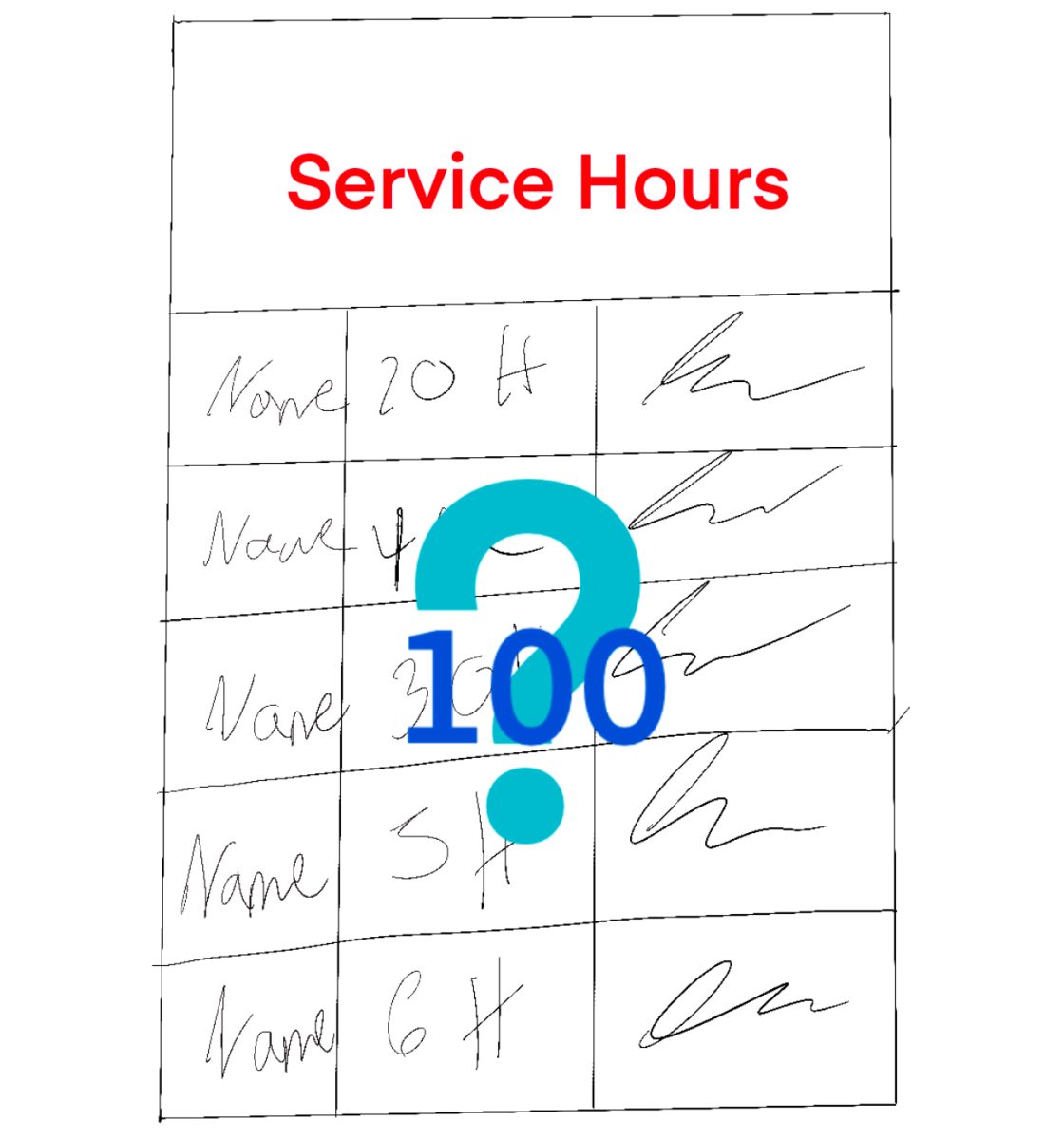
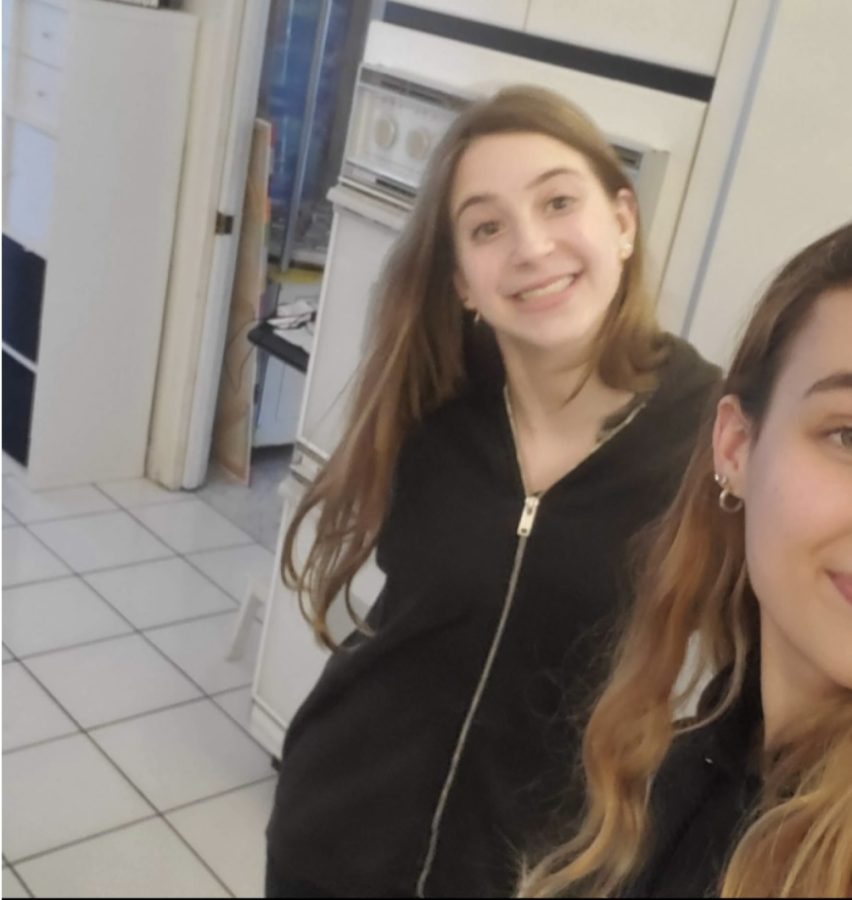
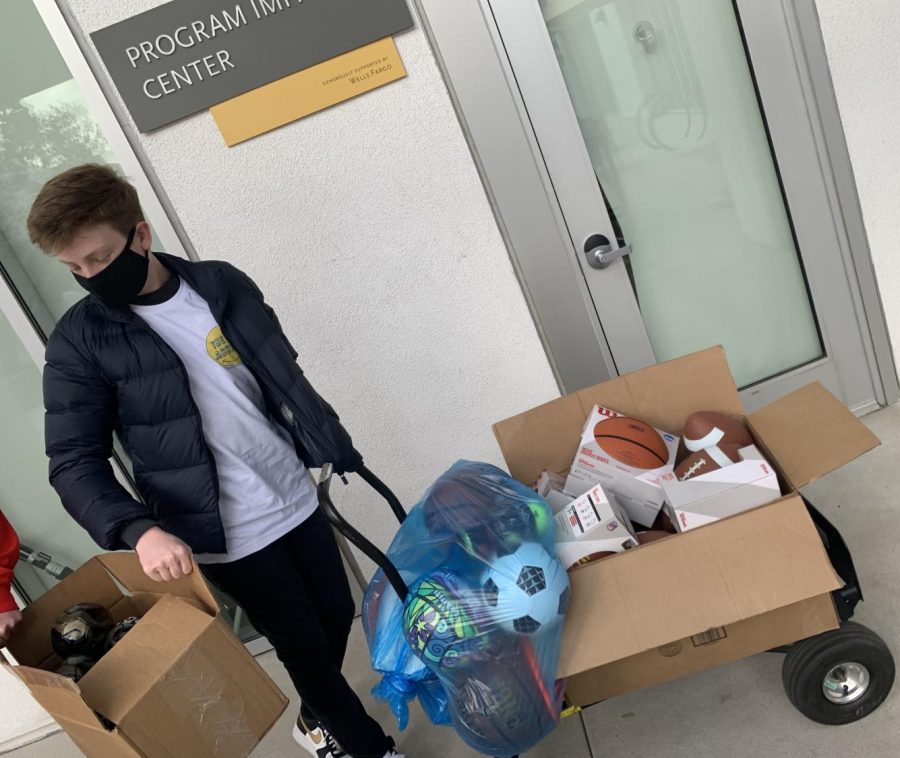
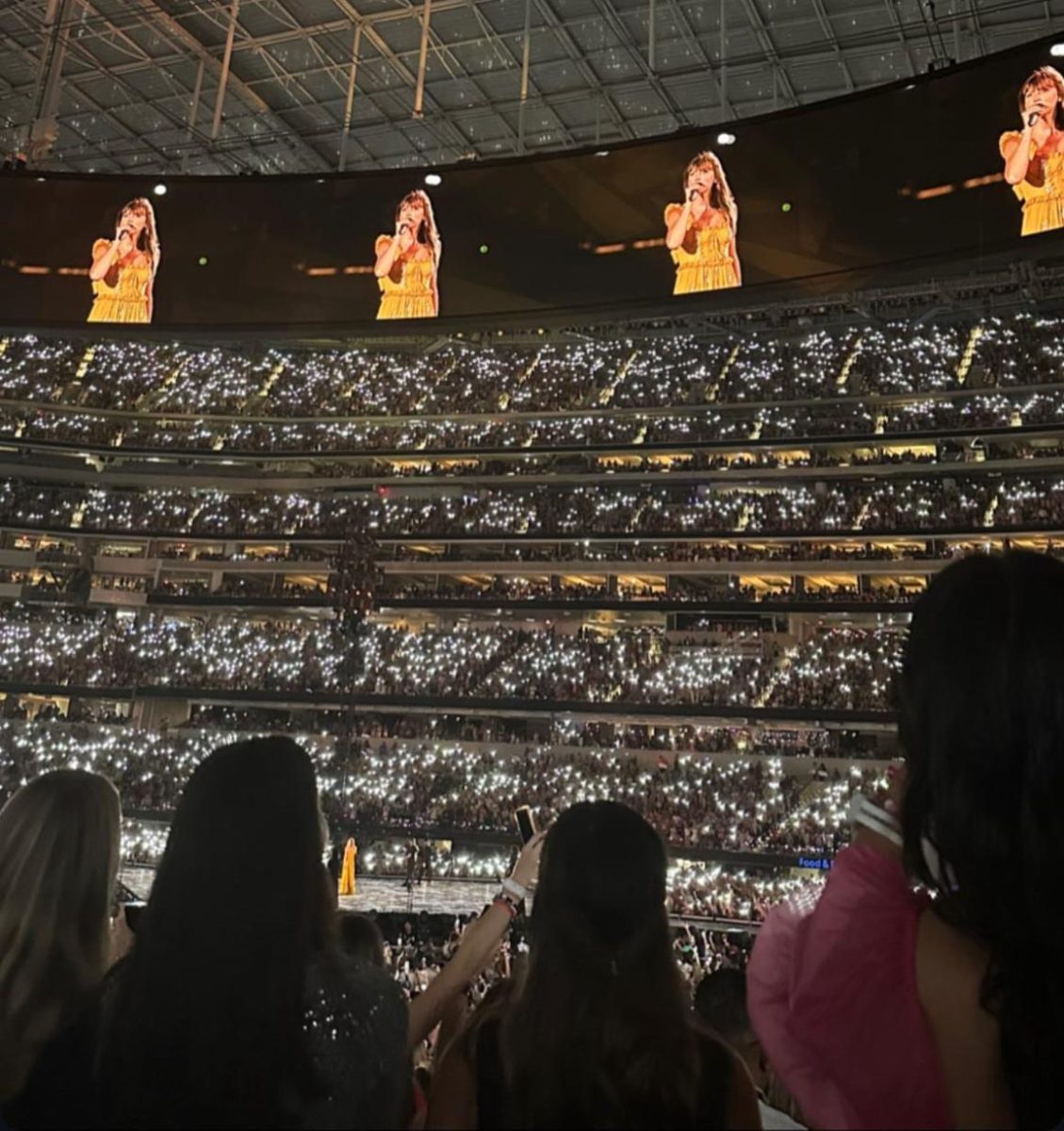
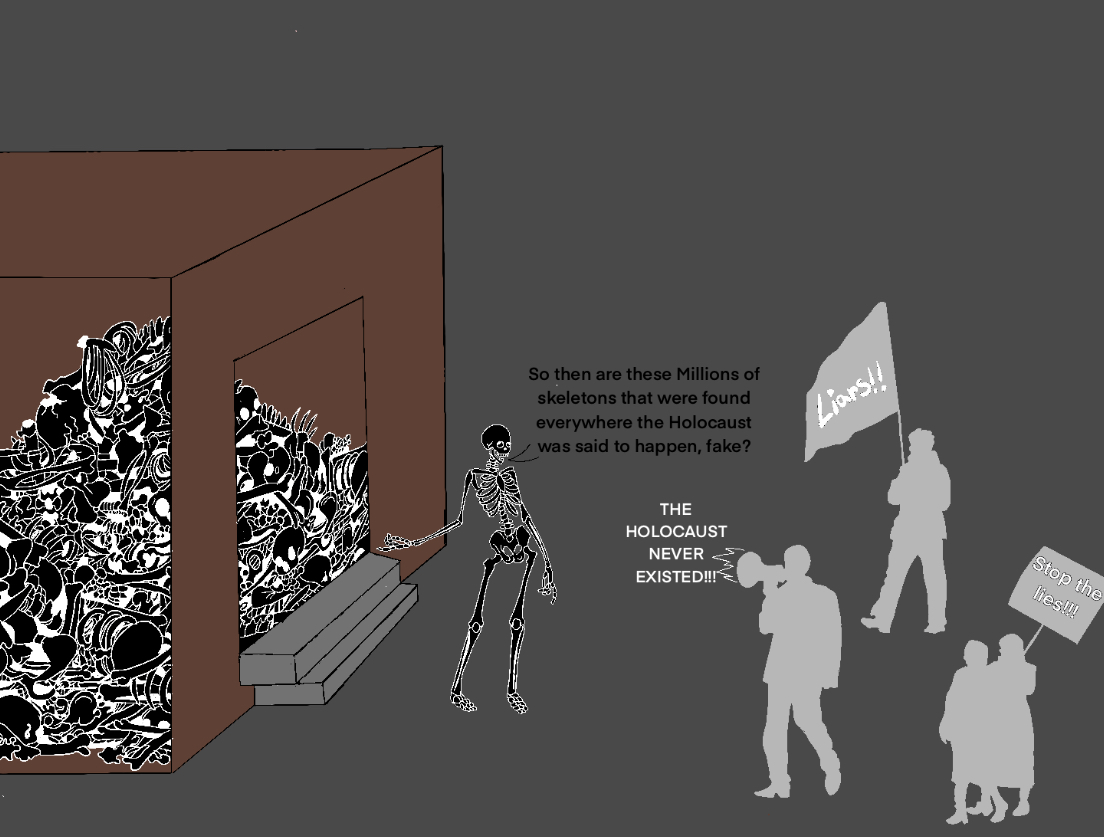
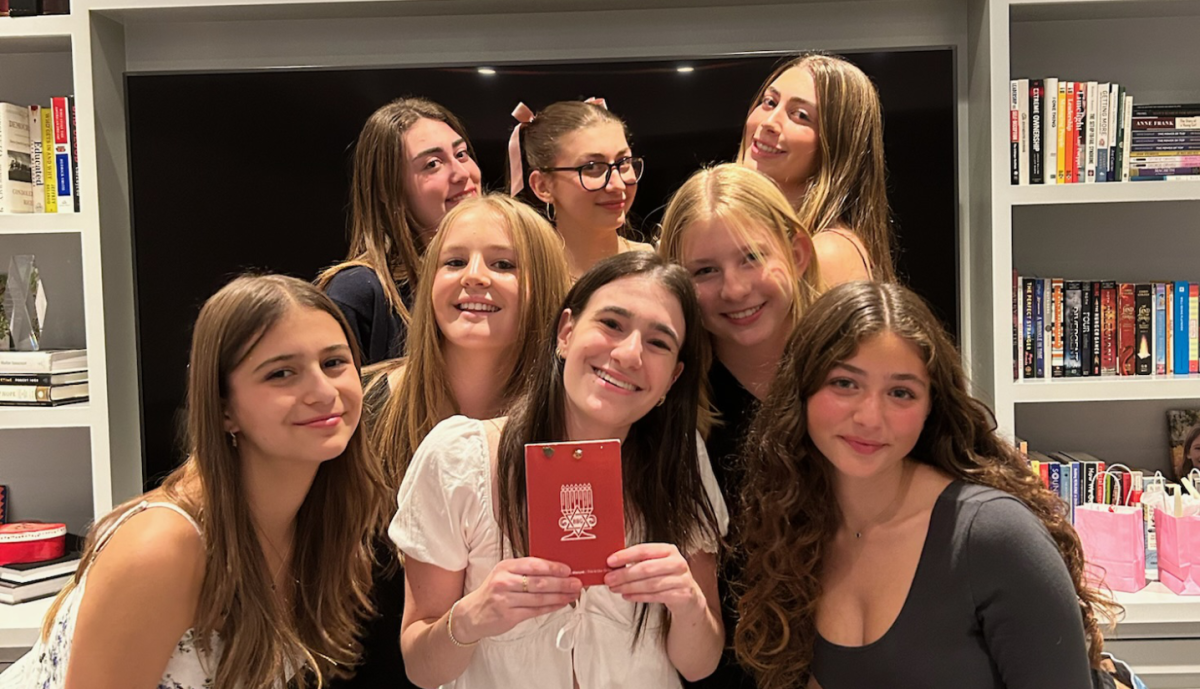
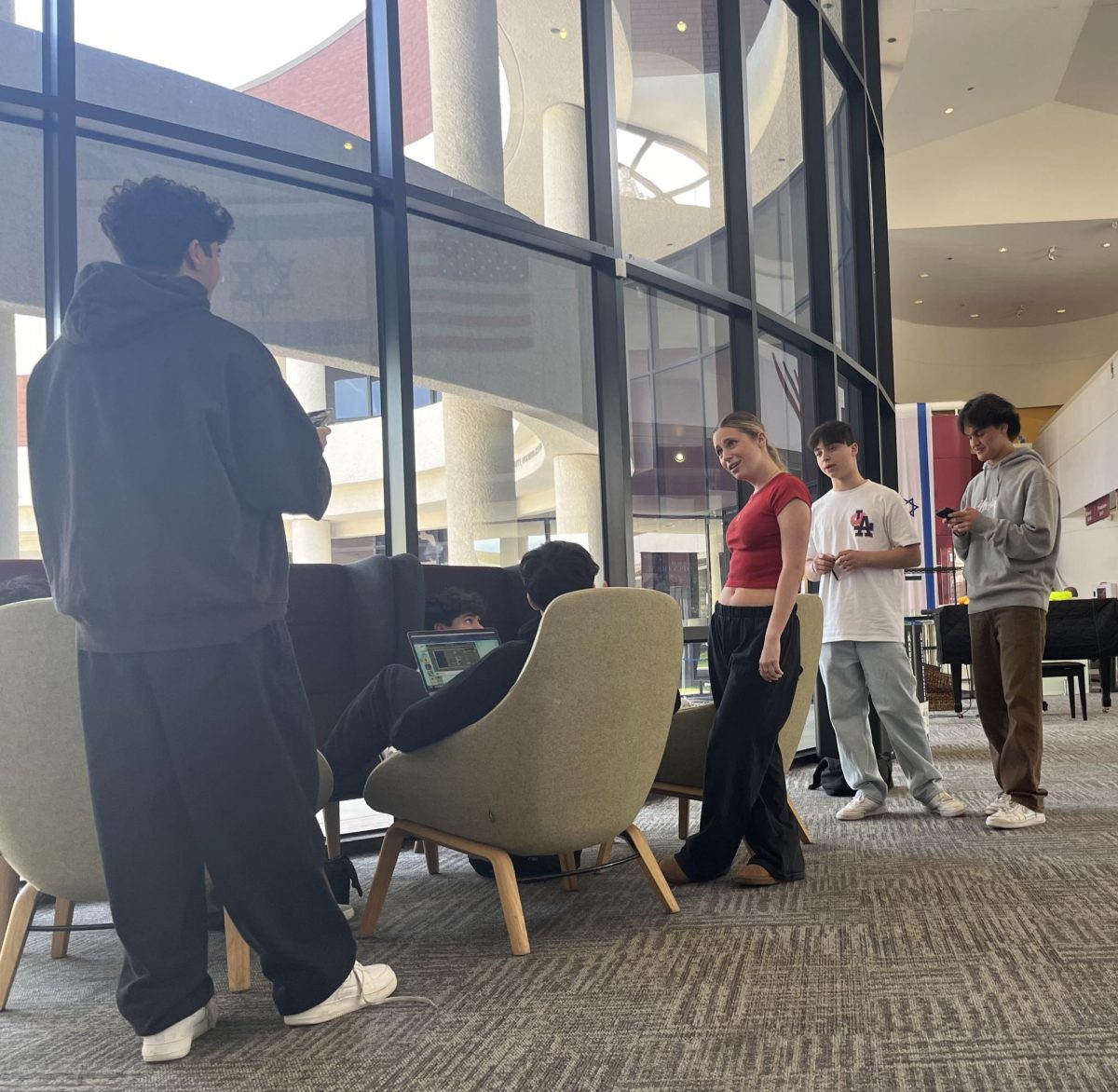
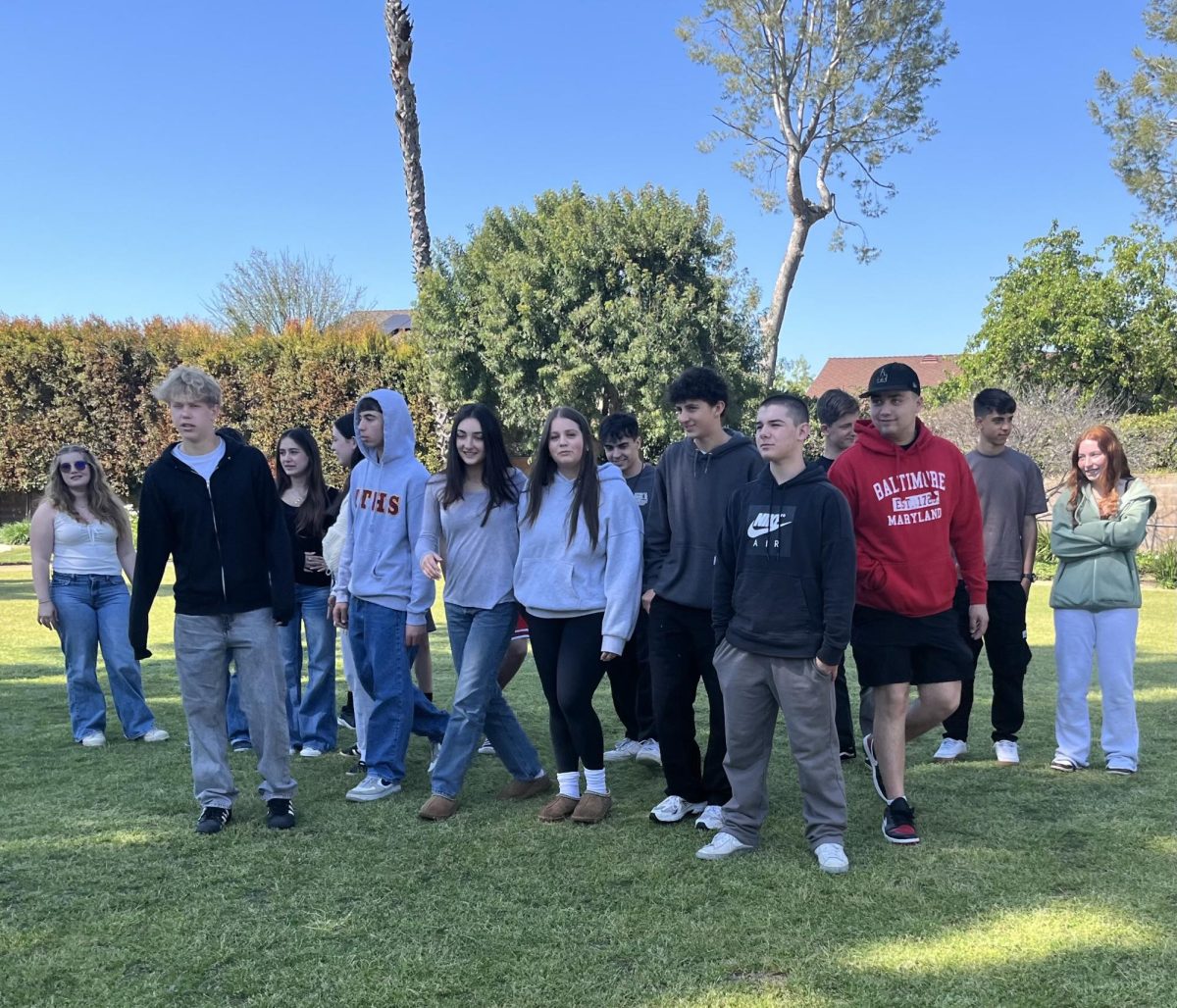
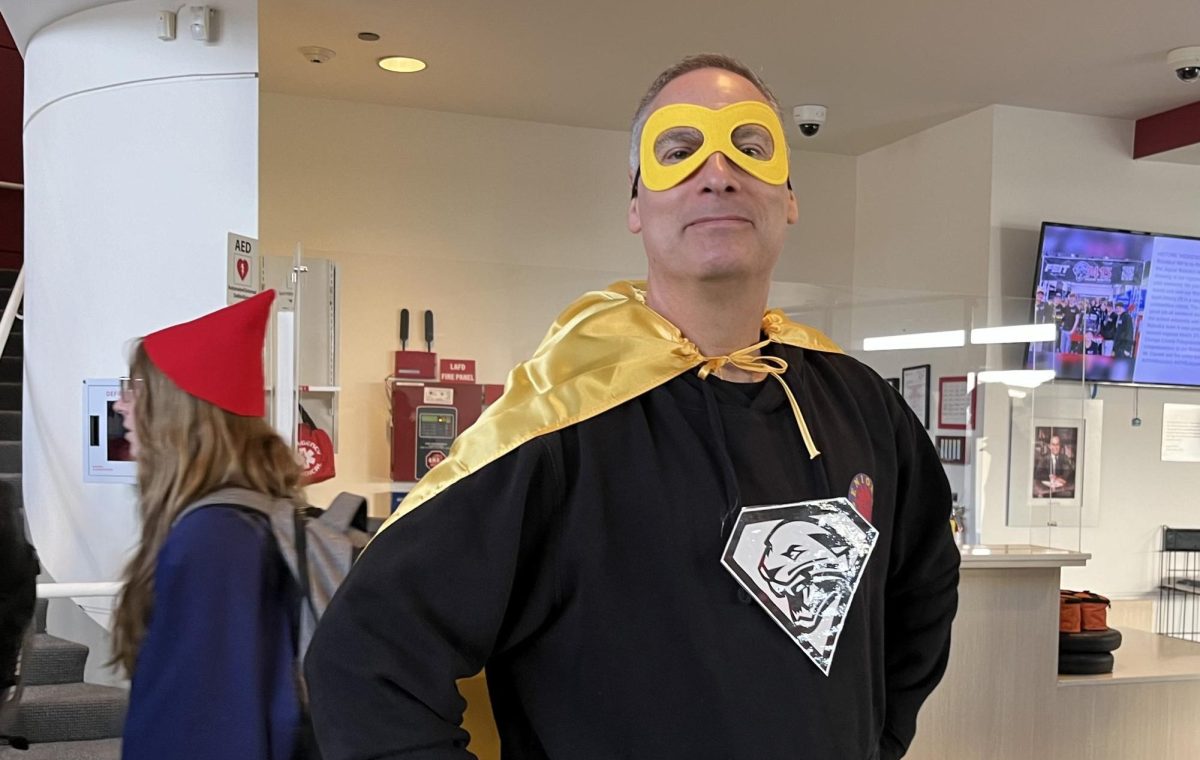
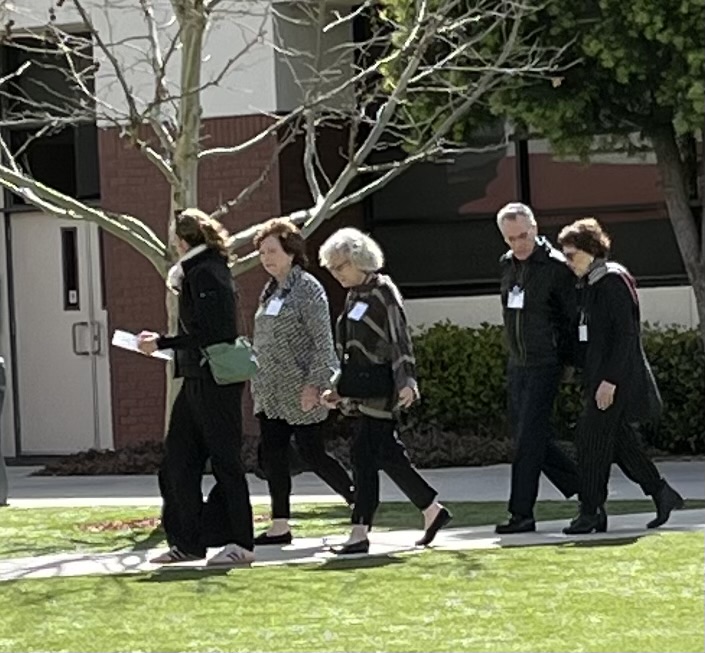
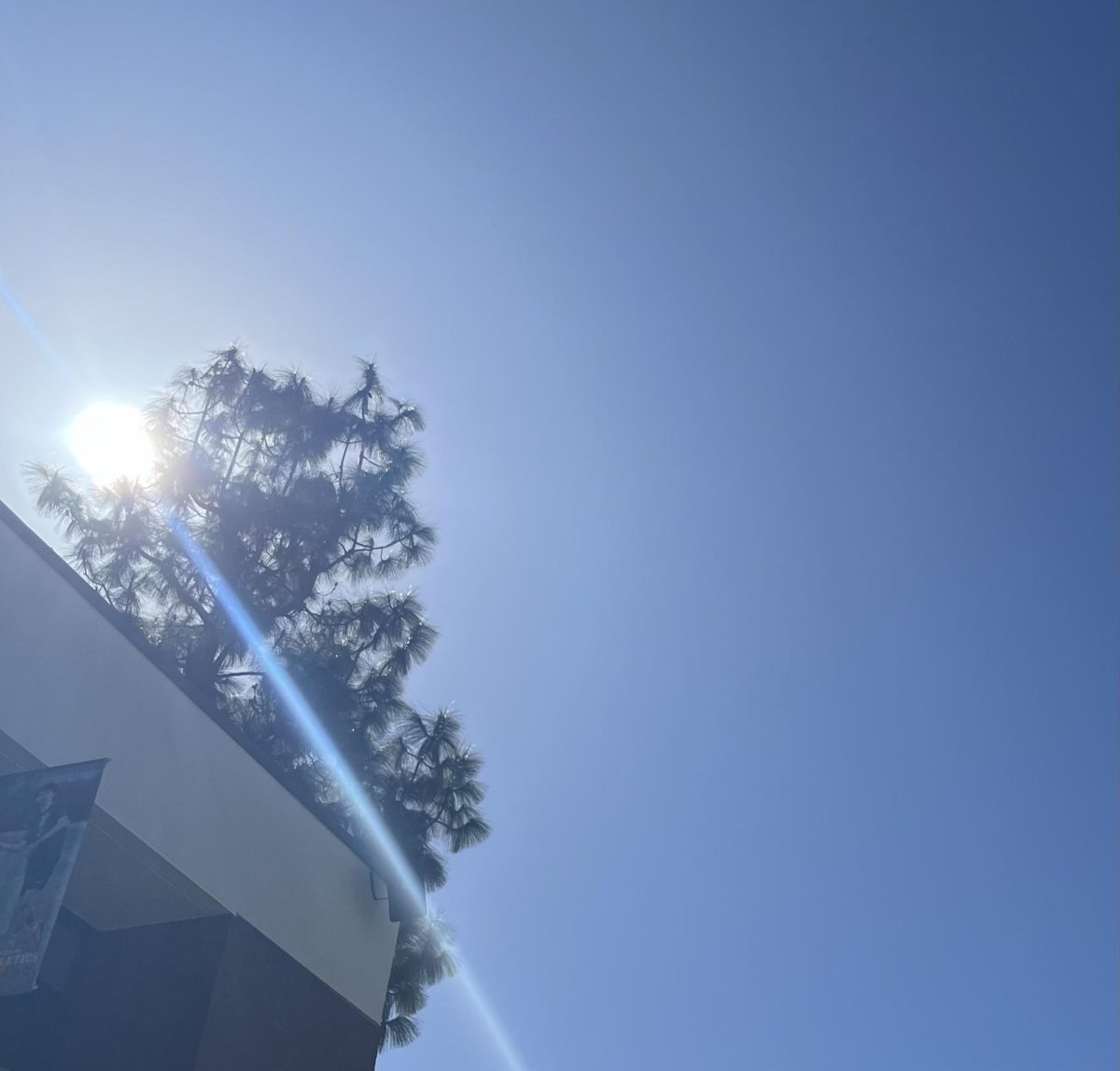

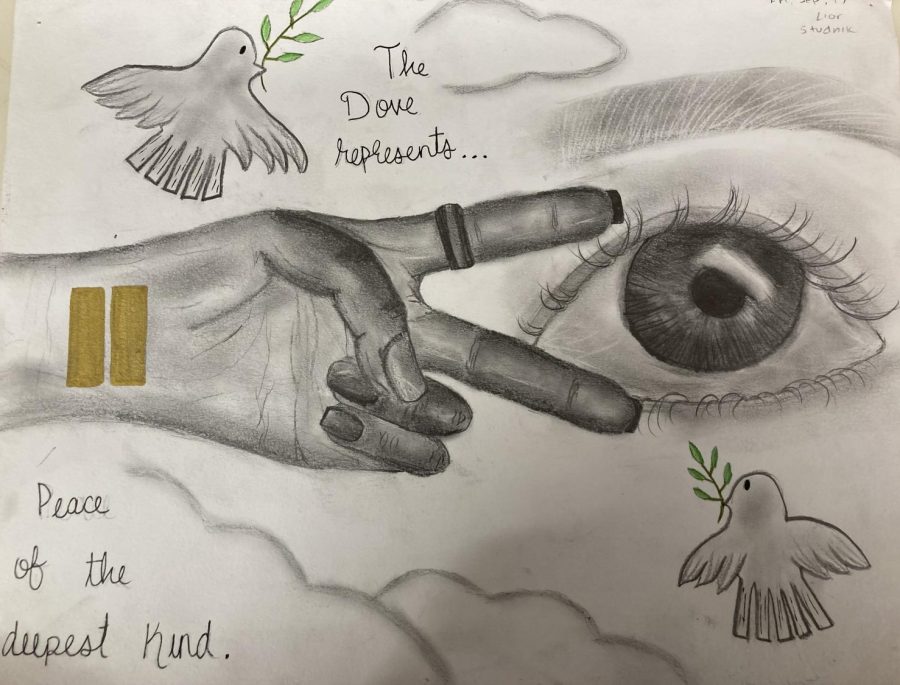
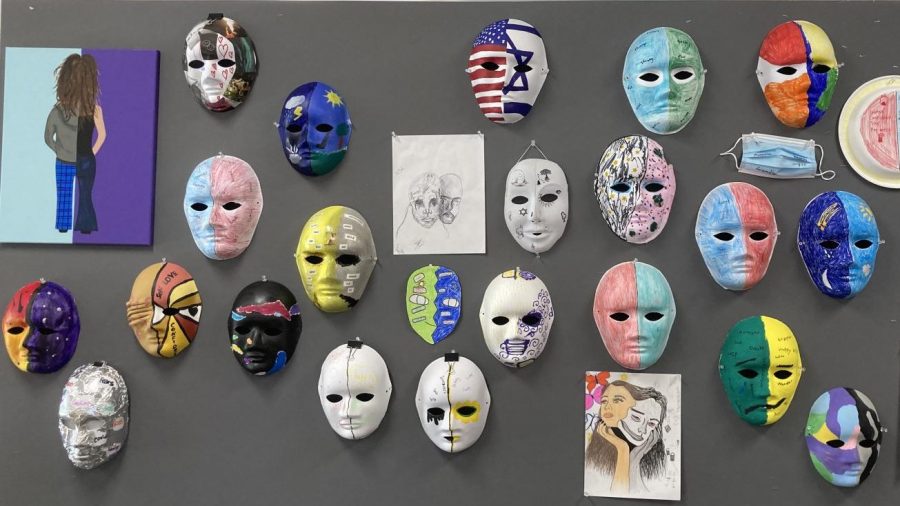
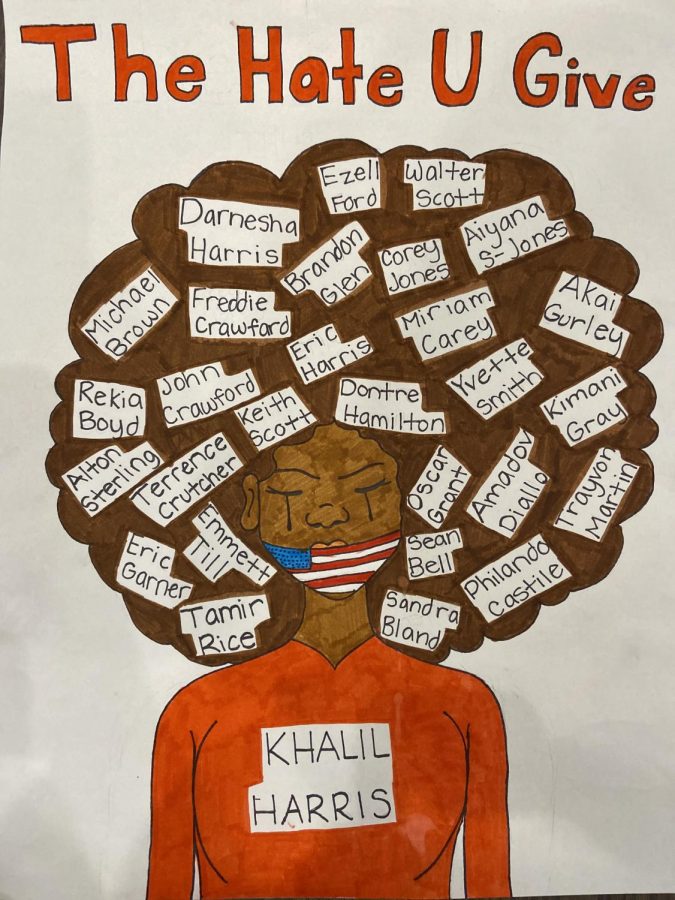



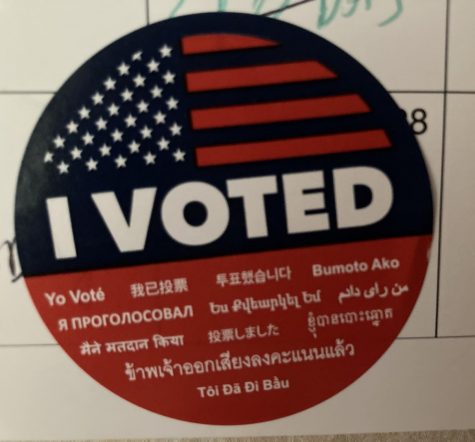
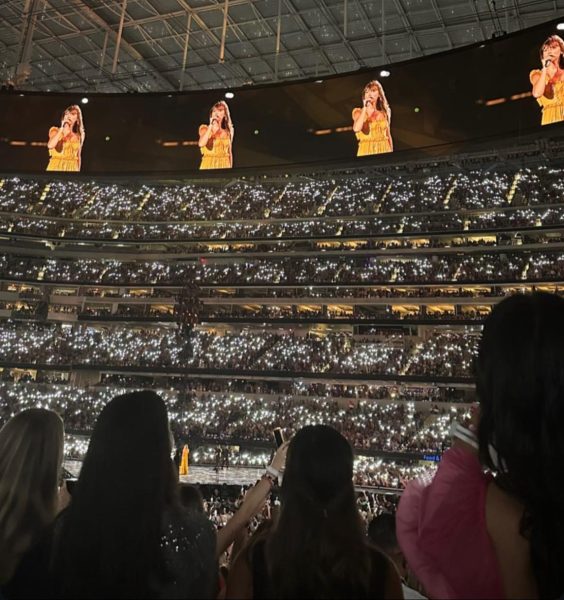
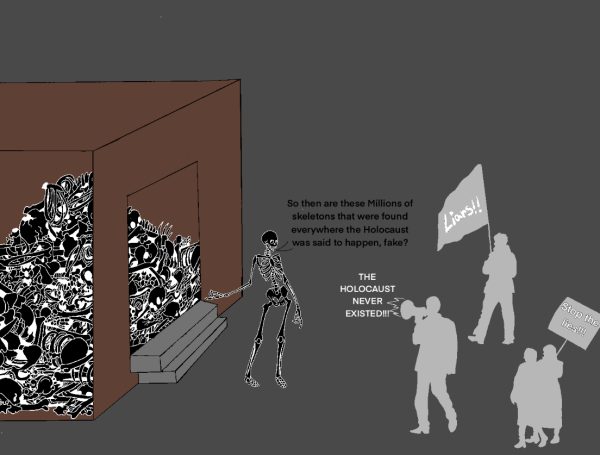
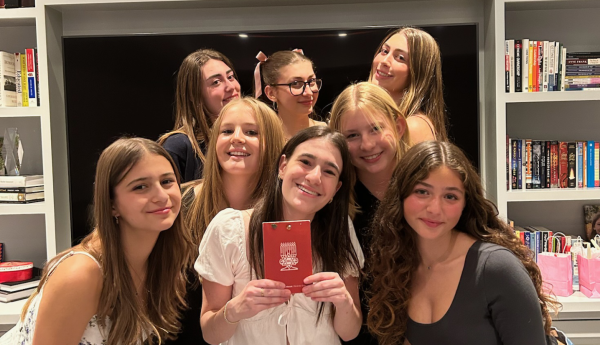
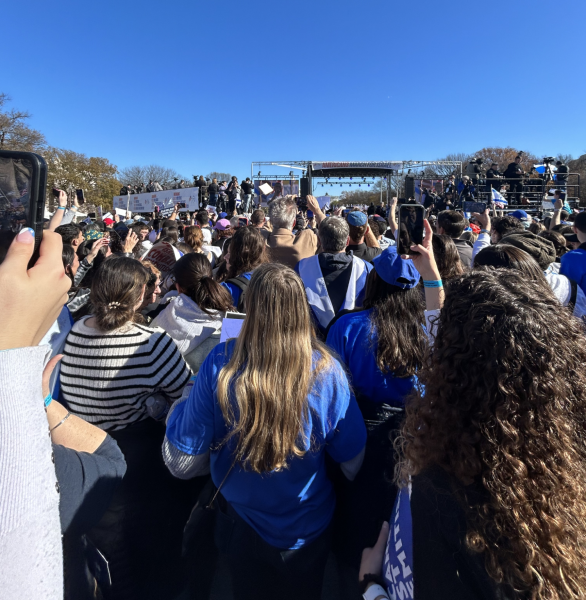
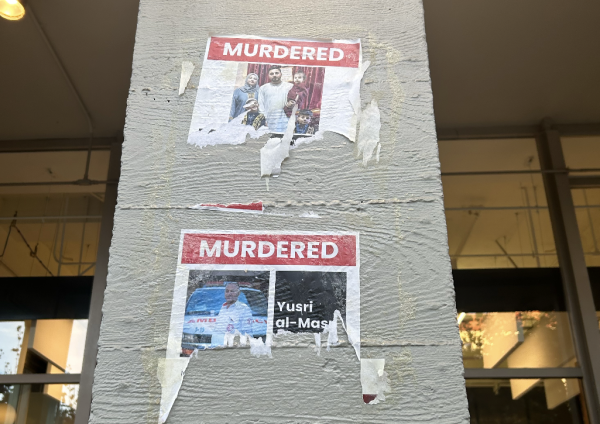
Shayna Goldstein • Oct 26, 2017 at 7:56 pm
I find this article to be extremely interesting. I never knew the devices we are staring at all day have such a big impact on the lives of both humans and animals. Next time I need to dispose of an electronic I now know who to give it to. Thank you for opening my eyes.